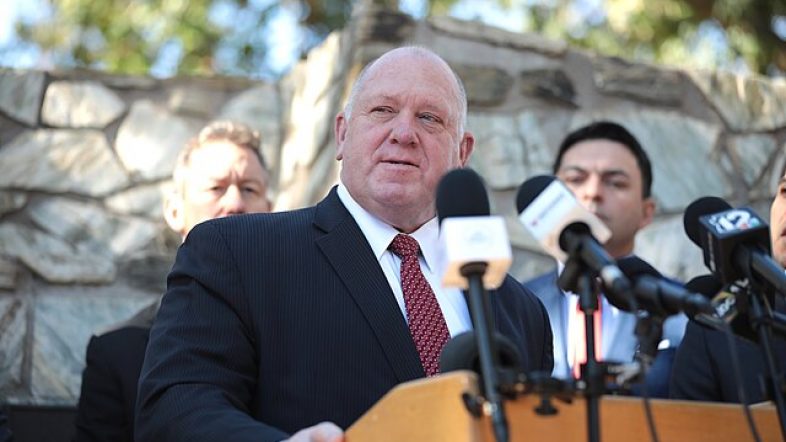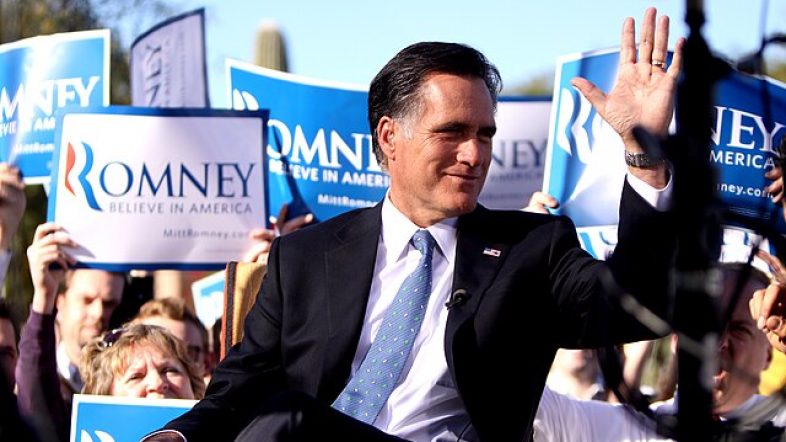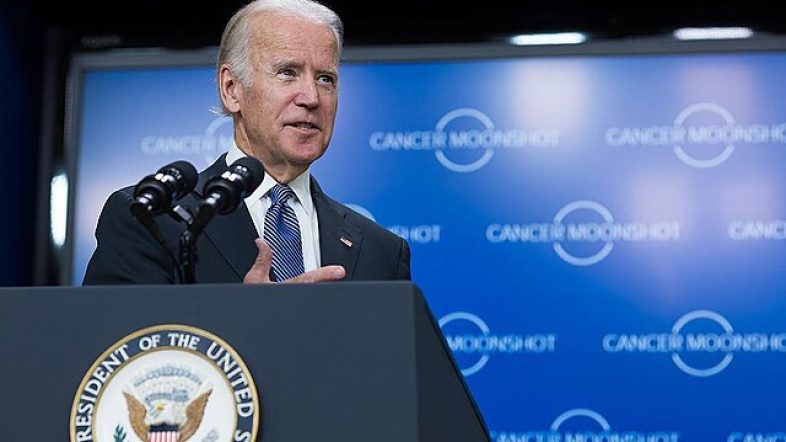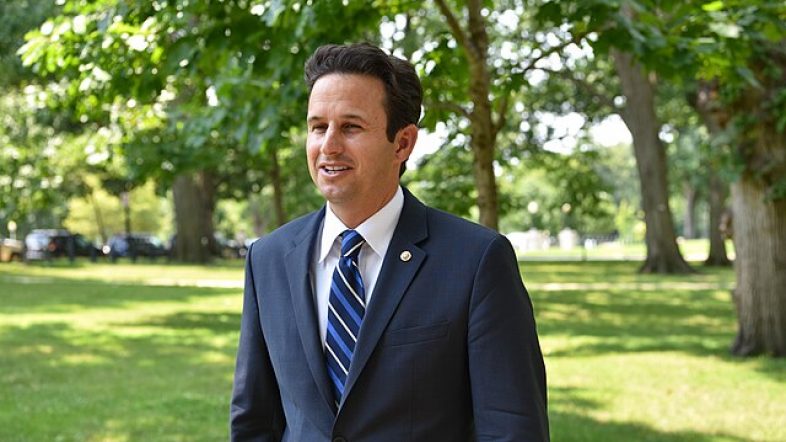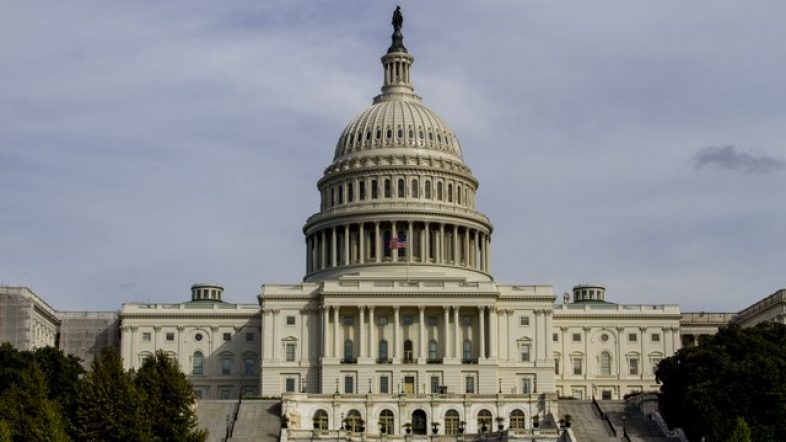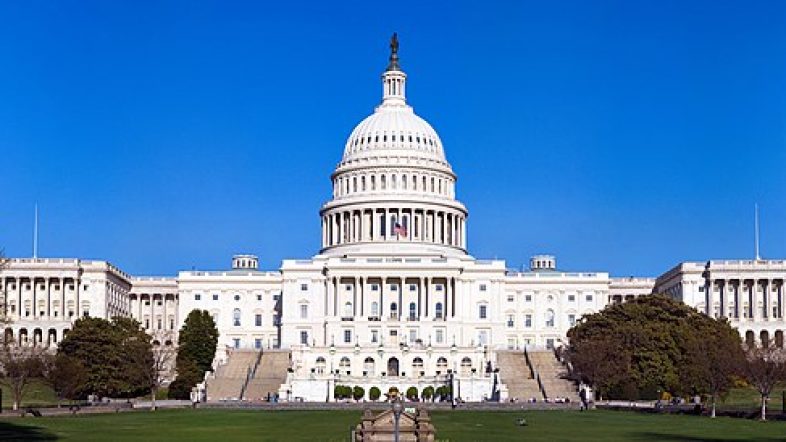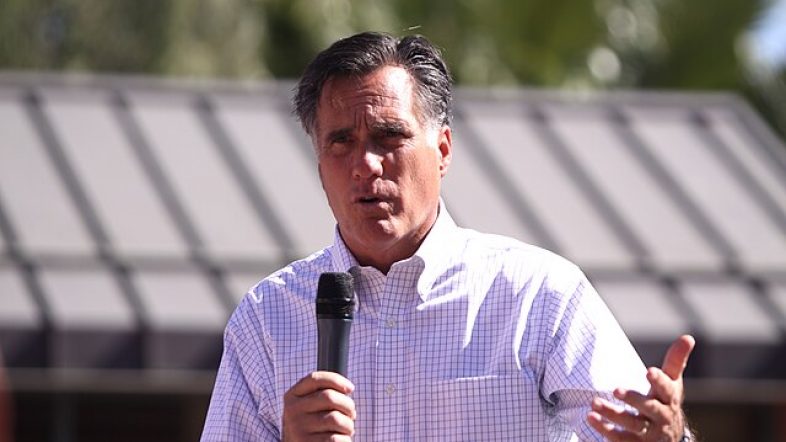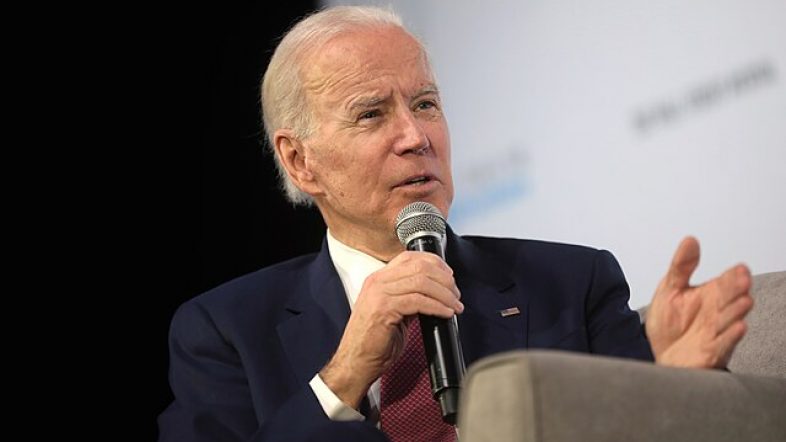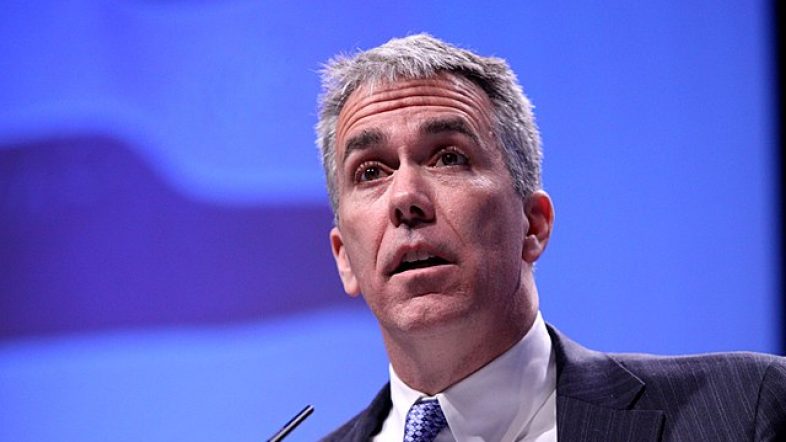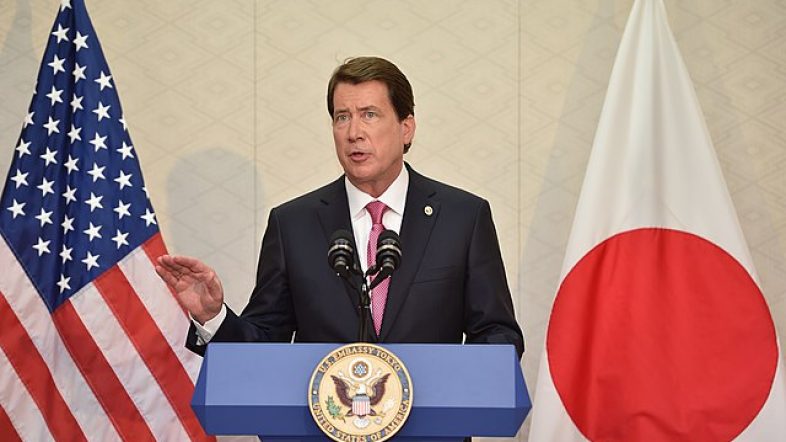One of the brightest nuggets of policy in Donald Trump’s July 18 acceptance speech to the Republican convention in Milwaukee was his ode to “liquid gold.” That is, oil.
As part of his inflation-fighting plan, Trump offered a gleaming solution: increase energy production, thereby decreasing energy prices. “By slashing energy costs,” Trump declared, “we will in turn reduce the cost of transportation, manufacturing and all household goods.”
He continued: “We have more liquid gold under our feet than any other country by far. We are a nation that has the opportunity to make an absolute fortune with its energy.”
Indeed. According to the Institute for Energy Research (IER) technically recoverable oil resources in the U.S. total 2.136 trillion barrels. At the current price of around $80 a barrel, that’s some $171 trillion. And so, Trump concluded, “we will reduce our debt, $36 trillion.”
As former Alaska governor Sarah Palin would say, “You betcha.” In Palin’s Alaska, oil is so abundant, relative to the population, that everyone gets a check from the state. Last year, it was $1,312. For a family of four, that’s more than $5000. Our goal should be that every American gets such an energy dividend.
Moreover, the abundance of America’s carbon fuels is not limited to oil. According to IER, we have 3.391 trillion cubic feet of natural gas. That’s worth $165 trillion.
To be sure, these staggering dollar totals can’t be counted directly against the national debt—or in support of some future tax cut. Yet every dollar of our energy assets would contribute to the economy, and if even 10 percent of the humongous total could be available to the public, we could, in fact, pay off the national debt.
Moreover, thanks to fracking and other enhanced recovery techniques, we keep finding more energy: Human ingenuity has upended old beliefs about energy shortages, ushering in an almost Moore’s Law-ish surge in production.
Indeed, there’s so much oil and gas (and coal) that an emerging school of thought holds that carbon fuels aren’t “fossil” at all, but rather, the product of earth’s vulcanism. The core of this earth, after all, is the same temperature as the surface of the sun. Perhaps all that heat is cooking something.
In any case, we keep finding more oil, and not just in the U.S.
So how, exactly, do we take advantage of this planetary cornucopia? As Palin said, as Trump said, and as the convention crowd chanted, “drill, baby, drill.”
Okay, but what about climate change? Most Republicans don’t worry too much about that, but if Democrats do, they should be reassured that we can capture the carbon and so take it out of the atmosphere. Trees and other green vegetation have been capturing carbon for eons; the element is, in fact, vital to their very existence. Similarly, the human body is 18 percent carbon. Yes, all of us ourselves are carbon sinks.
So we, being smart, can capture vastly more carbon — capturing it in everything from wood to cement, from plastics to nanotubes. These in turn can be landfill, construction materials — maybe even a space elevator.
We can, in fact, establish a a circular carbon economy: carbon fuels extracted, burned, and then recycled back into feedstocks. By this reckoning, carbon fuels are renewable. Such creative thinking can power all those energy-hungry data centers on which Big Tech and AI depend. So there’s the makings of a bipartisan “Grand Carbon Bargain,” uniting mostly blue-state tech with mostly red-state energy. More energy + more tech = more wealth for all.
In Milwaukee, Trump spoke of American “energy dominance,” and that’s great. But with all the energy we can produce and consume, we can speak of economic abundance — and that’s even greater.



